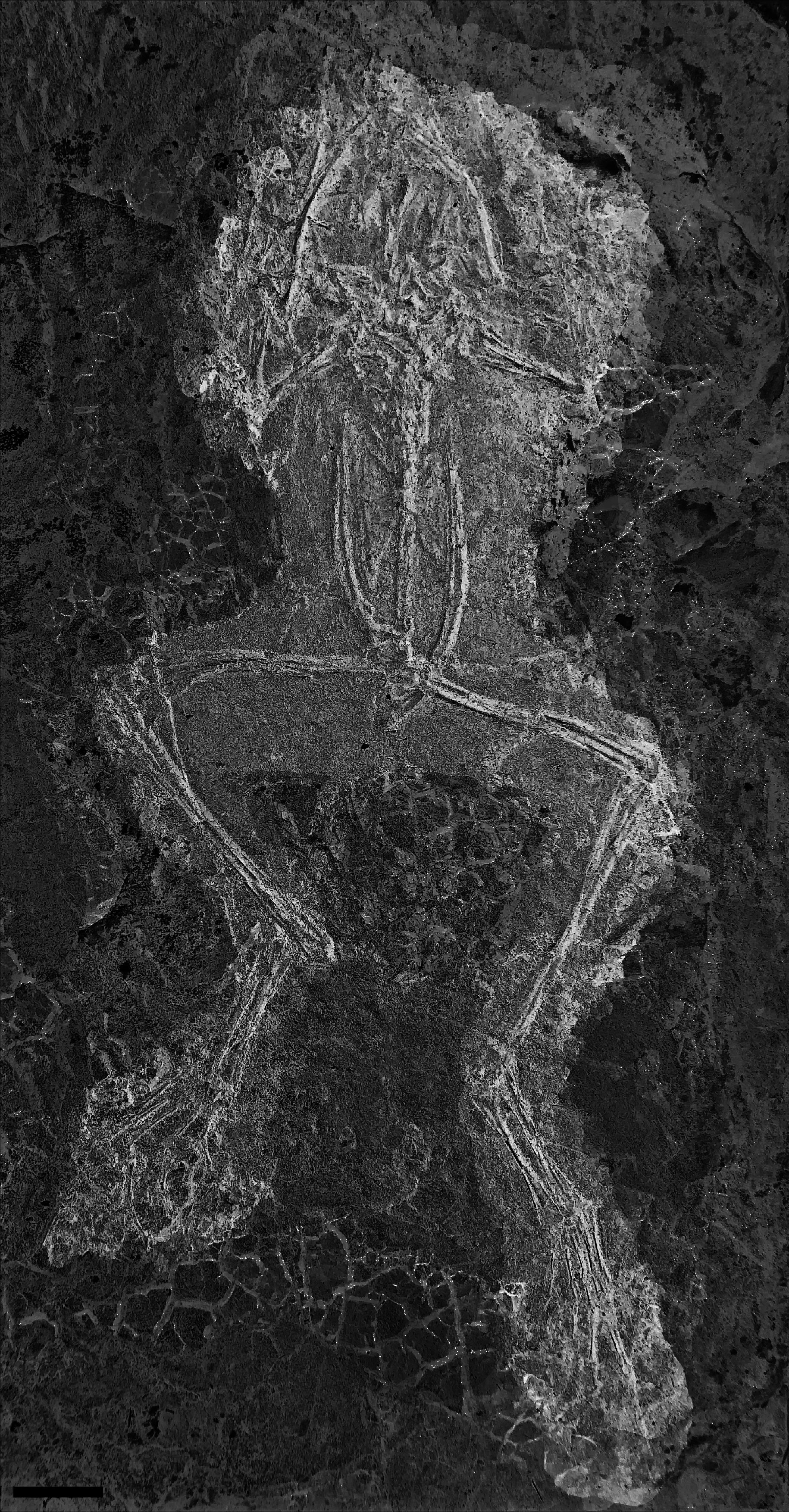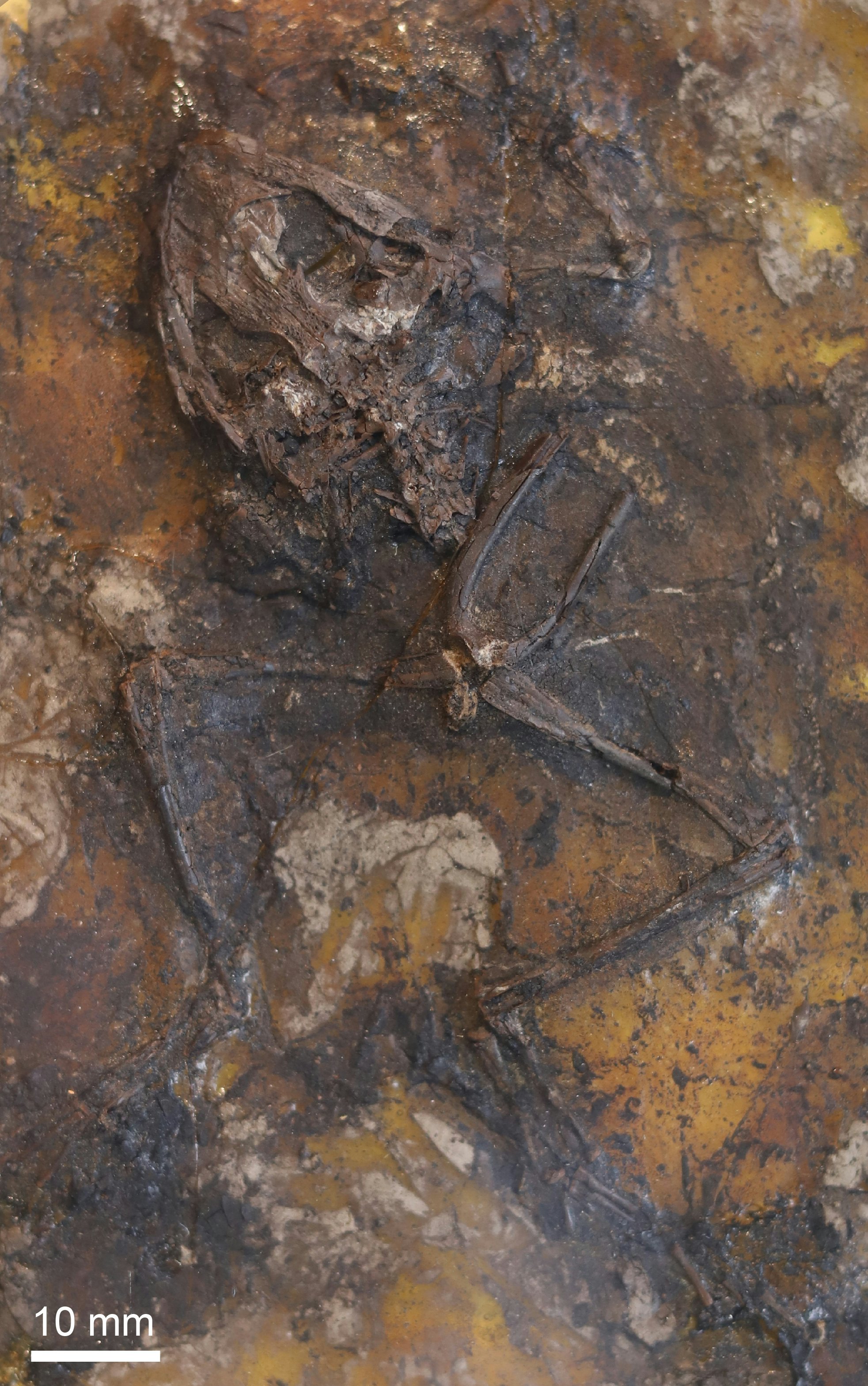
Way back in the Eocene Period, there was a swamp in what is now Germany. Back then, 45 million years ago to be precise, the swamp was rather ordinary, but today it draws paleontologists from around the world.
Named the Geiseltal Lagerstatte (a German word for a sediment deposit with particularly well-preserved fossils), the swamp was once home to a multitude of creatures. When it dried up, the sediments protected and preserved the critters’ soft tissue. Since it was discovered, paleontologists have been studying these well-preserved fossils.
In 1932, German paleontologists Johannes Weigelt and E. Voigt began publishing their findings on some well-preserved fossils of anurans, which encompass frogs and toads. Geiseltal was an absolute tomb for these amphibians, and these two paleontologists sought to explain how they died.
The accepted theory for almost one hundred years has been that the amphibians starved and dried up, perhaps due to lack of food or high salt content in the water. However, in a paper published this week in the journal Papers in Paleontology, a team of researchers argues that these amphibians didn’t perish by starvation, but rather they drowned while mating.
What’s new — The new study upends a largely accepted theory for what became of the anurans 45 million years ago. In a collaboration between University College Cork in Ireland and Martin Luther University in Germany, a team of researchers scrutinized 140 amphibian fossils to find out what really happened to these frogs.
“They didn't didn't die as [dramatically] — well, kind of [dramatically],” says lead author Daniel Falk, a paleontology Ph.D candidate at University College Cork. “But obviously, they didn't die because the environment became lost; they died during a natural biological process.”

How they did it — It took some paleontological sleuthing to come to this sordid conclusion. Falk and his team didn’t find any scandalous evidence indicating mating rituals, but rather they used the process of elimination to rule out other hypotheses based on their data.
“Obviously, fossils are not alive,” Falk tells Inverse. “The whole field of paleontology, at some stage, is interpretation.”
Their interpretations came from a few key pieces of data. Falk and his team looked at what is estimated to have been the swamp’s climate and temperature. They also looked at the lake’s measurements and the fossils’ anatomy. A key finding that eliminates death by desiccation was that these fossils showed the frogs were healthy. Their bones and tissue were largely intact. What’s more, the paper details that these amphibians were land-dwellers and they only returned to the water to mate.
Falk says that the original research claiming the anurans shriveled up went unquestioned because the technology at the time was less advanced. Weigelt and Voigt didn’t have powerful microscopes, and neither did anyone else for that matter, so that theory was the best they could come up with. Falk and his team are here to update the record.

Why it matters — This swamp doesn’t exist in a vacuum. Falk’s supervisor, paleontologist Maria McNamara, surveyed another swamp in Spain called Libros. She published her findings in a 2012 paper detailing the biological factors that go into patterns of fossil preservation. It’s not just this swamp Falk is concerned with, but other sites just like it. Some of what he and his team found in Geiseltal resemble fossil findings in other swamps.
The team found patterns in how these amphibian fossils were preserved. For example, some phalanges (limb extremities similar to fingers) were partially or entirely truncated. Further, bones in the pelvic and abdominal areas would not be connected. With this biological information, paleontologists can find their way back to a plausible conclusion about how these frogs became fossils.
For instance, Falk says the fossils didn’t show signs of being desiccated. And, if the water had been toxic or too salty, the frogs would have left for another swamp. This interpretation of the data knocks out the long-held hypothesis that they starved and dried up.

What’s next — Falk’s research will expand in locale and species. In addition to exploring other former swamp fossil deposits, he wants to analyze other animals, especially mammals.
“I’m really looking forward to bats,” he says. He’s also curious about birds, which aren’t mammals. All these creatures help build a broader picture.
“Frogs are only one part of the ecosystem,” he says. “Being a paleontologist includes so many different aspects of the geoscience field: geology, sedimentology, biology. You can’t be a specialist only in one narrow field. You have to look a bit wider. that’s the very interesting part.”







